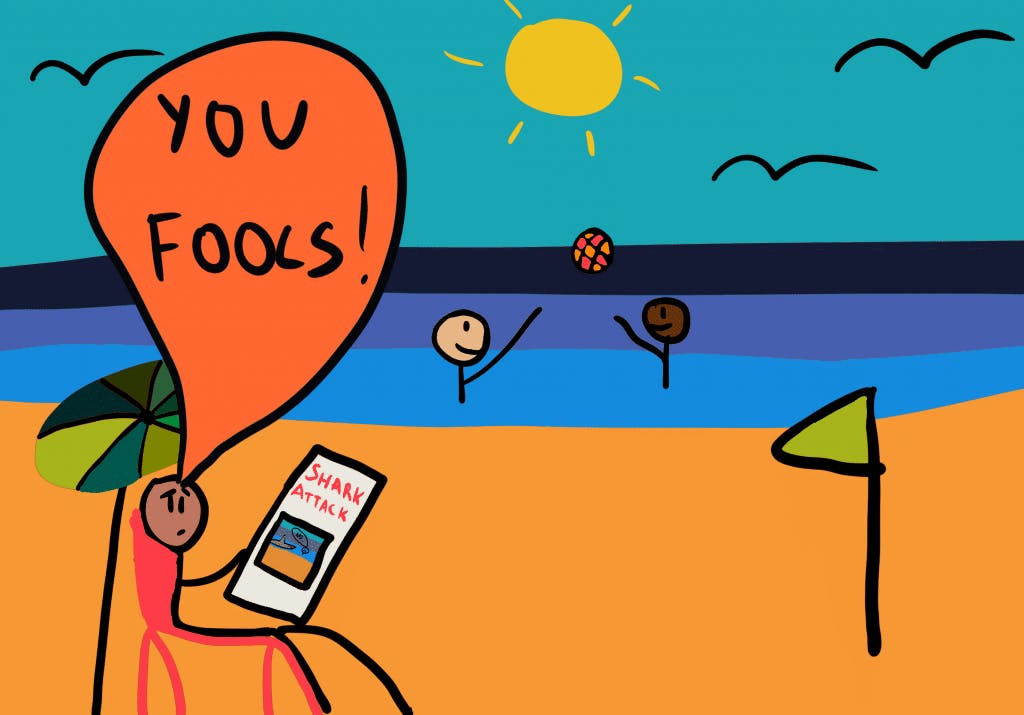Why do we focus on items or information that are more prominent and ignore those that are not?
Salience Bias
, explained.What is the Salience Bias?
The salience bias refers to our tendency to focus on information that stands out, whether due to its prominence, emotional impact, or vividness, often at the expense of other less noticeable or less emotionally charged details.

Where this bias occurs
If you watch the news and see multiple reports of violence in your city, you might start feeling like it's becoming more dangerous. Even if crime rates haven’t actually increased and your chances of victimization haven’t changed, those stories stick in your mind. As a result, you feel more uneasy when leaving your home, even though the overall risk remains the same. This is an example of salience bias—when recent or vivid events shape your perception more than the actual data.
The more visible or dramatic an event is, the more weight your brain assigns to it. This can make the event or problem seem more common than it actually is. Media coverage often plays a significant role in amplifying this bias. For example, continuous reporting on violent crime can give the illusion that the problem is omnipresent when, in fact, overall crime rates are declining.
The salience bias has been applied to various fields, including marketing, public policy, and finance. Behavioral scientists, for example, use salience bias to design nudges that encourage better choices, like displaying graphic warnings on cigarette packaging to make health risks more apparent.














